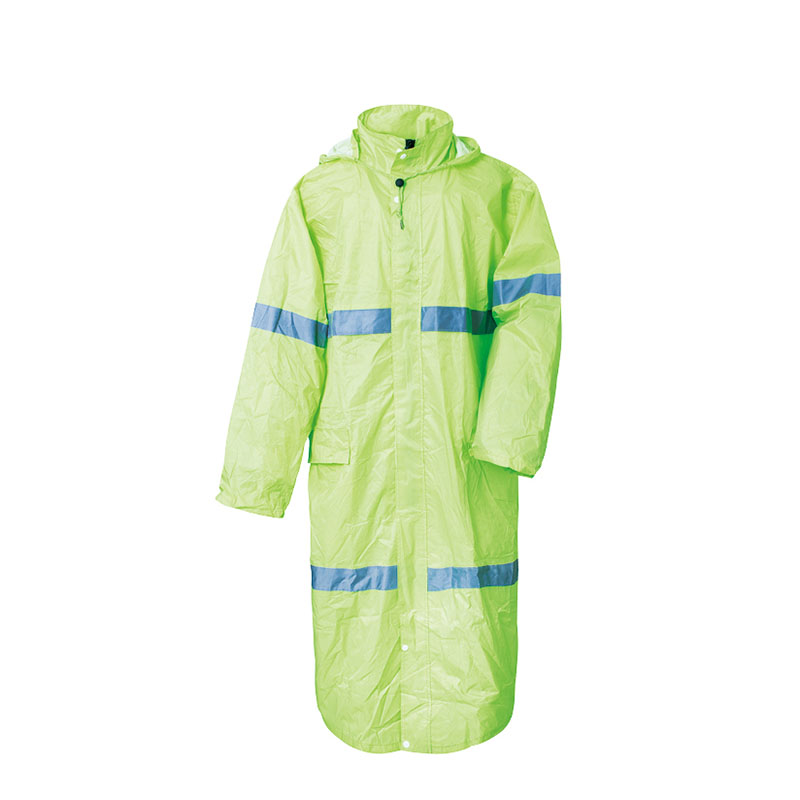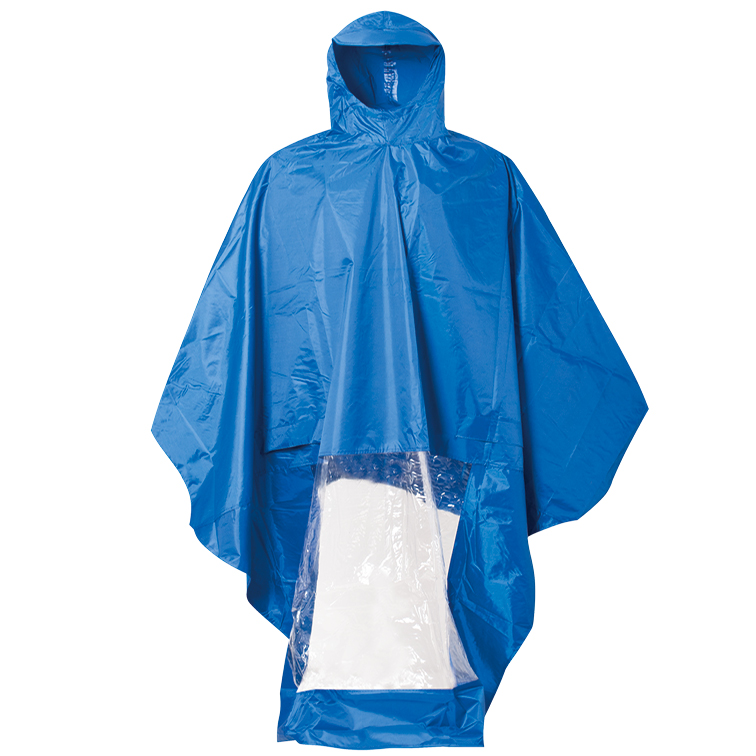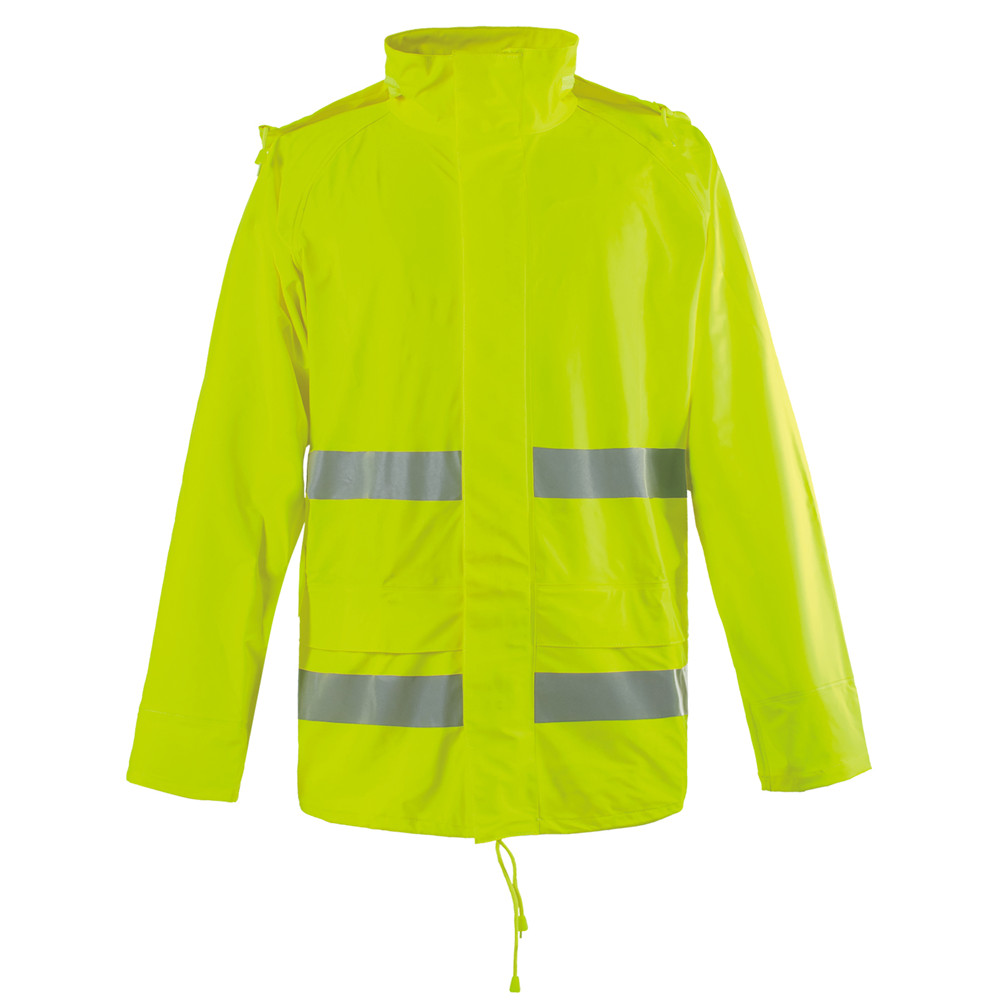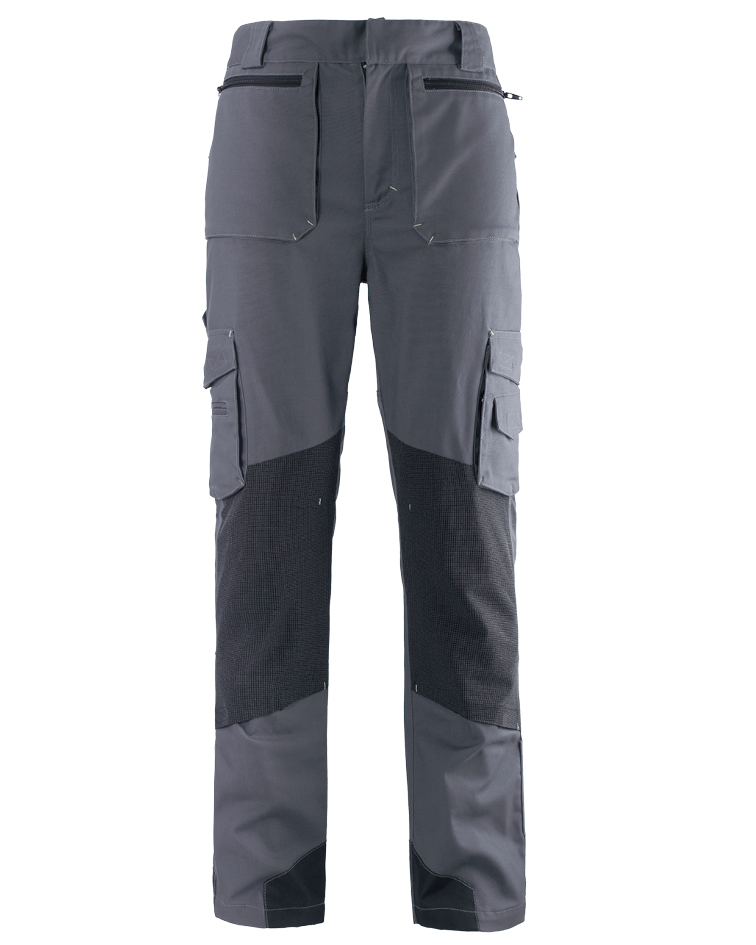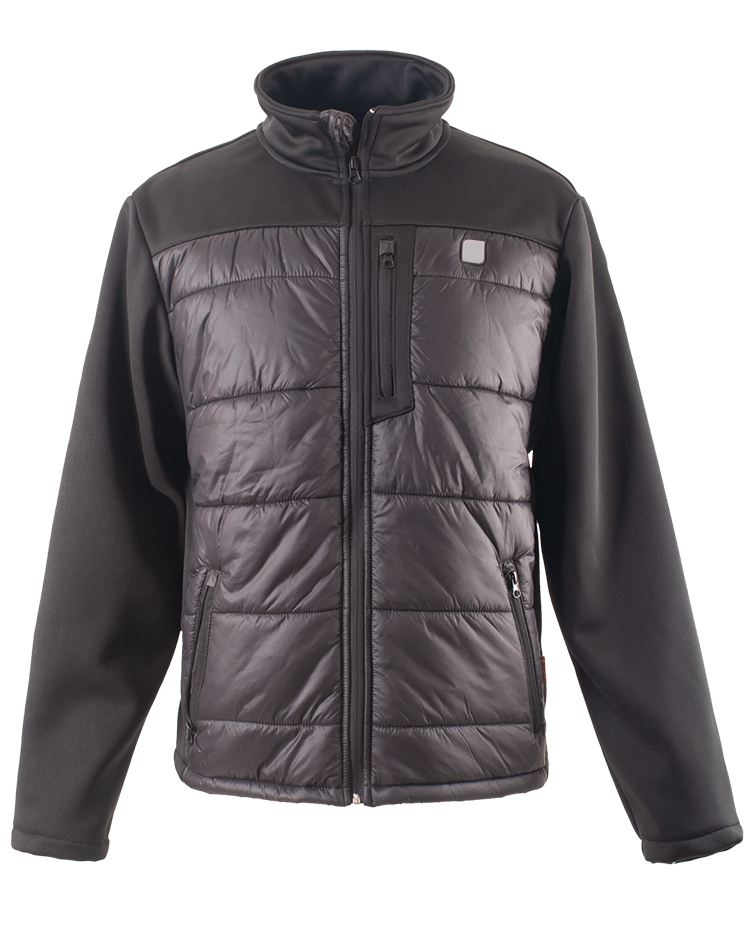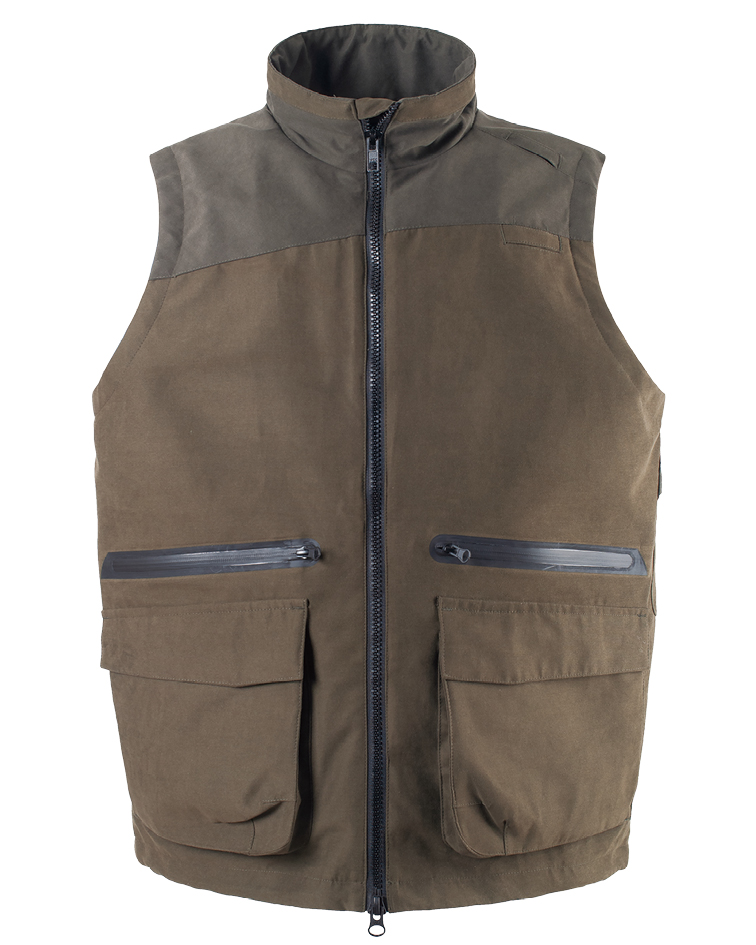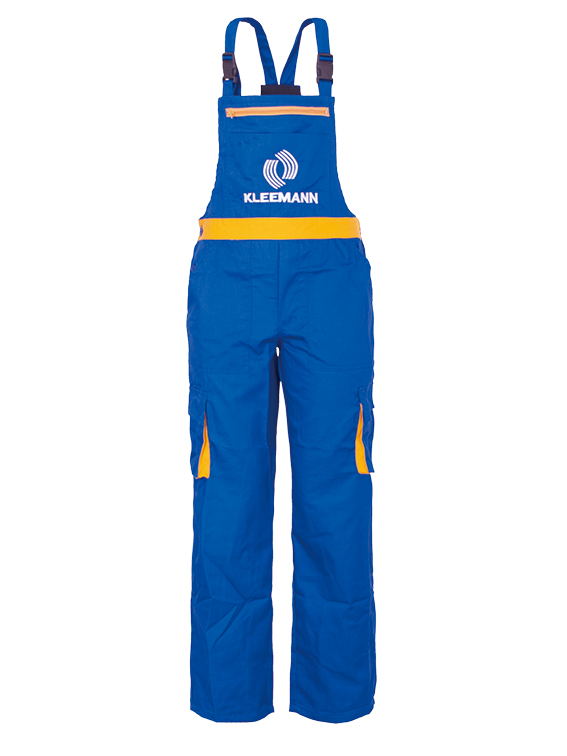Dear customers and friends:
The parka jacket stands as a testament to human ingenuity in confronting extreme cold. Originating from the indigenous peoples of the Arctic, who crafted initial designs from sealskin or caribou hide, its evolution into a globally recognized symbol of warmth and resilience is remarkable. Modern renditions of the parka jacket are engineering marvels, seamlessly blending cutting-edge material science with ergonomic design principles. Far from being a mere cold-weather garment, the parka has transcended its utilitarian roots to become a staple in both high-fashion runways and unforgiving expedition environments. Its enduring appeal lies in an unparalleled ability to provide superior thermal insulation without significant bulk, a critical balance achieved through decades of research and development. From its early iterations designed for survival in sub-zero temperatures to contemporary versions incorporating advanced waterproofing and breathability, the core mission of the parka jacket remains constant: to protect against the harshest elements. This foundational commitment to performance is why consumers, whether they are urban commuters or polar researchers, turn to the parka jacket as their definitive cold-weather solution. The versatility of its design allows for a vast array of styles and functionalities, ensuring that there is a parka jacket precisely engineered for virtually any conceivable cold-weather scenario, solidifying its status as an indispensable piece of outerwear.
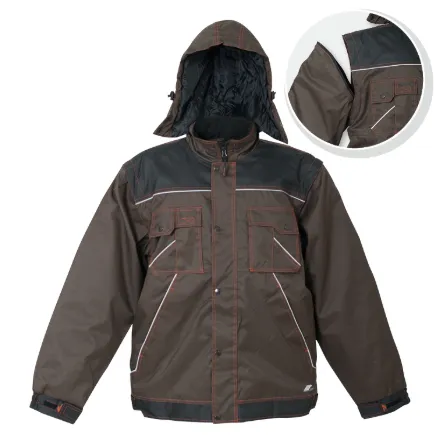
Technical Superiority and Material Science in Modern Outerwear
The technical prowess embedded within contemporary cold-weather outerwear, particularly high-performance jackets, is astonishing. At its core, superior insulation is paramount, achieved primarily through two dominant categories: down fill and synthetic insulation. Down, typically goose or duck feathers, offers an exceptional warmth-to-weight ratio, measured by its fill power – a cubic inch volume occupied by one ounce of down. A higher fill power, say 800-fill or even 900-fill, indicates greater loft and thus superior thermal efficiency for a given weight. However, down's vulnerability to moisture has driven advancements in hydrophobic down treatments, where individual plumes are coated to resist water absorption, maintaining loft even in damp conditions.
Synthetic insulations, on the other hand, such as Primaloft or Thinsulate, excel in wet environments, retaining a significant portion of their insulating properties even when saturated. These materials are often constructed from fine, multi-denier fibers that trap air effectively, mimicking down's structure. Furthermore, their hypoallergenic nature and lower cost make them attractive alternatives. Shell fabrics represent another crucial dimension of technical excellence. Advanced textiles like GORE-TEX® Pro, Pertex® Shield, and proprietary laminates from brands like The North Face (Futurelight) or Patagonia (H2No® Performance Standard) provide formidable barriers against wind and water while maintaining breathability. These fabrics leverage micro-porous membranes that allow water vapor (perspiration) to escape but prevent liquid water from penetrating, ensuring optimal internal climate regulation.
Beyond fabrics, the construction techniques are equally vital. Fully taped seams, YKK AquaGuard® zippers, and strategically placed baffles prevent cold spots and moisture ingress. Features such as adjustable hoods with wire brims, articulated sleeves for unrestricted movement, and multiple pockets for secure storage are not mere embellishments but critical components enhancing functionality. The integration of body mapping technology, which places different insulation densities and fabric types in specific areas based on physiological heat loss patterns, further optimizes thermal regulation and comfort. This meticulous attention to material selection and construction culminates in outerwear that provides unprecedented protection and adaptability across a spectrum of challenging conditions.
Navigating the Market: Manufacturer Comparison and Innovation
The market for high-performance cold-weather apparel is vibrant and diverse, populated by manufacturers who push the boundaries of innovation. Understanding the distinct philosophies and offerings of key players is essential for making an informed decision. While many brands offer robust solutions, their specialization, material choices, and price points often vary significantly. For instance, brands like Canada Goose and Moncler often position themselves in the luxury performance segment, emphasizing premium down, sophisticated designs, and robust features suitable for extreme urban and expeditionary use, albeit at a higher price. Their appeal often extends to fashion-conscious consumers who demand both performance and style.
Conversely, companies such as Arc'teryx and Patagonia are revered for their commitment to technical excellence, sustainable practices, and minimalist design, focusing on climbing, mountaineering, and backcountry activities. Their products are often lighter, more packable, and integrate advanced synthetic insulations or ethically sourced down with high-performance shell fabrics. Then there are brands like The North Face and Columbia Sportswear, which offer a broader range of products from expedition-grade to casual wear, focusing on accessibility, diverse technology applications (e.g., Omni-Heat reflective lining), and innovative proprietary materials.
This competitive landscape drives continuous innovation. Manufacturers are constantly researching new insulation materials, developing more durable and sustainable shell fabrics, and refining construction techniques to enhance warmth, breathability, and reduce environmental impact. For example, the shift towards recycled materials, PFC-free DWR coatings, and responsible down standards (RDS) reflects a growing industry-wide commitment to sustainability. The table below illustrates a generalized comparison of common features and specializations across different manufacturer archetypes, highlighting how varied approaches cater to specific market segments and performance expectations. This segmentation allows consumers to align their specific needs—whether for extreme cold, wet conditions, or urban commuting—with manufacturers whose core competencies are best suited to those requirements.
|
Manufacturer Archetype |
Primary Focus / Specialization |
Typical Insulation Type |
Shell Fabric Technology |
Key Performance Metrics (Example) |
Price Point (Relative) |
|
Luxury Expedition |
Extreme cold, high fashion, premium materials. |
High Fill-Power Down (750-900+) |
Proprietary Arctic Tech, Teflon-coated fabrics. |
Warmth Rating TEI 5 (-30°C and below), high durability. |
$$$$ |
|
Technical Mountain |
Alpine climbing, mountaineering, backcountry sports. |
Hydrophobic Down, Advanced Synthetics (e.g., Primaloft Gold). |
GORE-TEX Pro, Pertex Shield, proprietary DWR. |
Exceptional breathability, light weight, packability, weather protection. |
$$$ |
|
All-Round Outdoor/Lifestyle |
Versatile use: urban, casual hiking, general outdoor. |
Standard Down (550-700 Fill), varied Synthetics. |
Proprietary waterproof-breathable membranes, basic DWR. |
Good warmth-to-value, comfort, ease of maintenance. |
$$ |
|
Specialized Workwear |
Industrial, extreme job sites, heavy-duty durability. |
Durable Synthetic Insulation, sometimes down blends. |
Heavy-duty nylon/polyester, abrasion-resistant coatings. |
Extreme durability, chemical/flame resistance (if specified), robust hardware. |
$$ |
Bespoke Solutions: Crafting the Perfect Fit for Specific Demands
While off-the-rack outerwear caters to a broad spectrum of needs, certain niche applications and organizational requirements necessitate bespoke solutions. Customization in high-performance jackets extends far beyond mere logo embroidery; it involves a meticulous tailoring of design, materials, and features to meet highly specific operational or branding demands. For instance, a scientific research team embarking on an Antarctic expedition might require jackets with integrated GPS tracking, specialized pockets for delicate instruments, or reinforced sections resistant to specific types of abrasion encountered during field work. These requirements often involve collaborations with manufacturers to develop entirely new prototypes or significantly modify existing designs.
Consider the corporate sector: a company operating in cold climates might seek jackets that not only protect their employees but also reflect their brand identity with precise color matching, unique branding elements, and consistent styling across different employee roles. This might involve custom fabric colors, distinct zipper pulls, or interior lining designs that subtly incorporate brand motifs. Furthermore, specific functional enhancements can be engineered, such as integrating heating elements powered by compact battery packs, designing specialized hydration system compatibility for extended operations, or creating unique hood designs to accommodate various types of headgear or communication devices. The process typically begins with a detailed needs assessment, followed by iterative design phases, material selection, and rigorous testing in simulated or actual conditions. This ensures that the final product is not merely a jacket, but a fully integrated tool optimized for its intended purpose, delivering maximum efficacy and brand alignment. This deep level of customization transforms a standard garment into a strategic asset, providing unparalleled utility and distinction.
Real-World Deployment: Case Studies of Performance Under Pressure
The true measure of any high-performance garment lies in its performance under real-world conditions, where failure is not an option. Numerous compelling application case studies highlight the critical role of expertly designed outerwear in diverse, challenging environments. Consider the Polar Expeditions. Teams conducting research in the Arctic or Antarctic rely on jackets engineered to withstand temperatures plummeting below -50°C, ferocious winds, and pervasive dampness. These garments, often custom-built, feature extreme insulation (e.g., 900+ fill power down), robust waterproof-breathable shells, and oversized, insulated hoods designed to integrate with oxygen masks and goggles. The ability to maintain core body temperature and protect against frostbite for prolonged periods is paramount, directly impacting the success and safety of the mission.
Another compelling scenario is the deployment of outerwear in Industrial and Occupational Settings. Workers in cold storage facilities, oil rigs in the North Sea, or construction sites during winter face unique hazards requiring specialized protection. Here, jackets must combine warmth with exceptional durability against tears and abrasions, flame resistance, and sometimes even chemical splash protection. High-visibility elements are often integrated for safety. For example, a worker on an Alaskan oil pipeline needs a jacket that can endure rough handling and contact with machinery while providing unwavering thermal protection for shifts lasting many hours in frigid, windy conditions.
Beyond extreme environments, the demands of Urban Survival and Emergency Response also showcase critical application. First responders, search and rescue teams, and even outdoor photographers operating in adverse weather conditions require garments that offer agility, reliable protection, and integrated features for communication and tool access. A jacket for urban emergency services might prioritize robust waterproofness and breathability to cope with varying exertion levels, alongside features like radio clips, secure pockets for medical equipment, and highly visible reflective elements for nighttime operations. These diverse applications underscore that high-performance jackets are not just garments, but vital equipment enabling human activity and safety in the face of nature's formidable challenges.
The Horizon of Innovation: Future Trends in Cold-Weather Apparel
The trajectory of innovation in cold-weather apparel points towards an exciting future, driven by advancements in material science, smart technologies, and an increasing emphasis on sustainability. One prominent trend is the continued development of sustainable materials. We are seeing a proliferation of recycled synthetic fabrics, bio-based insulations, and innovative processes for down sourcing that minimize environmental impact. Companies are investing in closed-loop manufacturing systems and exploring biodegradable alternatives for DWR coatings, moving away from harmful PFCs. This commitment to eco-conscious production will not only reduce the ecological footprint of outerwear but also potentially lead to new performance characteristics.
Another significant area of growth is the integration of smart textiles and wearable technology. Imagine jackets with integrated flexible heating elements that can be precisely controlled via a smartphone app, optimizing warmth based on real-time body temperature and external conditions. Beyond heating, future garments may incorporate biometric sensors to monitor vital signs, GPS modules for location tracking in remote areas, or even small solar panels to charge personal electronic devices. These integrations move beyond passive protection to active climate control and enhanced connectivity, turning a jacket into a dynamic personal environmental system.
Furthermore, advances in lightweight and packable designs will continue to push boundaries. Innovations in highly compressible insulations and ultra-light yet durable shell fabrics will allow for even more efficient gear, crucial for mountaineers and backpackers who prioritize minimal bulk and weight. The concept of "adaptive insulation" is also gaining traction, where materials can dynamically adjust their thermal properties in response to changing conditions, providing warmth when needed and shedding excess heat to prevent overheating. The future of cold-weather apparel promises garments that are not only supremely protective and comfortable but also highly intelligent, environmentally responsible, and seamlessly integrated into the wearer's active lifestyle.
Making an Informed Choice: Your Ideal Parka Jacket
Selecting the perfect parka jacket is a decision that significantly impacts comfort, safety, and performance in cold environments. It requires a thoughtful evaluation of individual needs against the myriad of technical features and design philosophies available. Begin by honestly assessing your primary use case: Is it for daily urban commuting in a cold city, demanding high-altitude mountaineering, extended outdoor photography sessions, or professional work in extreme industrial settings? This primary function will dictate the critical parameters such as insulation type (down for ultimate warmth-to-weight, synthetics for wet conditions), desired waterproofness and breathability ratings, and overall durability. For instance, an urban dweller might prioritize a stylish, water-resistant parka jacket with ample pockets, while an ice climber will demand minimal bulk, maximum range of motion, and uncompromising weather protection.
Furthermore, consider the typical temperature ranges you will encounter. Look for features like adjustable hoods, cuffs, and hem drawcords that allow for fine-tuning warmth retention and preventing drafts. The quality of components, such as zippers (YKK is a standard of reliability) and stitching, often indicates the overall craftsmanship and longevity of the garment. Do not overlook the fit; a well-fitting parka jacket allows for layering underneath without feeling restrictive, while also preventing excessive air pockets that can diminish insulation. Finally, factor in sustainability credentials—many reputable brands now offer transparent information regarding their material sourcing, manufacturing practices, and environmental initiatives. Investing in a high-quality parka jacket is investing in comfort, protection, and the ability to confidently face whatever the elements may bring, ensuring that your choice is not just a purchase, but a lasting asset for cold-weather adventures and necessities.
Frequently Asked Questions (FAQs) about Parka Jackets
Q1: What is the primary difference between a parka jacket and other winter coats?
A1: A parka jacket is traditionally distinguished by its longer length, extending below the waist to mid-thigh or even knee-length, offering superior coverage and warmth. It typically features a hood, often fur-lined or insulated, and is designed for extreme cold weather conditions, emphasizing insulation, wind protection, and sometimes waterproofing over pure fashion.
Q2: What does "fill power" mean for down insulation in a parka jacket?
A2: Fill power is a measure of the loft or fluffiness of down. It indicates the volume in cubic inches that one ounce of down occupies when fully lofted. A higher fill power (e.g., 800-fill) signifies that the down is of higher quality, offering greater warmth for its weight and superior compressibility.
Q3: Are all parka jackets waterproof?
A3: No, not all parka jackets are fully waterproof. Many are water-resistant, meaning they can repel light rain or snow for a limited time, often thanks to a DWR (Durable Water Repellent) coating. Truly waterproof parka jackets will feature a waterproof-breathable membrane (like GORE-TEX) and fully taped seams.
Q4: How should I properly care for and clean my down-filled parka jacket?
A4: Most down-filled parka jackets require careful cleaning. It's often recommended to machine wash on a gentle cycle with a down-specific detergent, using cold water, and then tumble dry on low heat with several clean tennis balls or dryer balls. This helps break up down clumps and restore loft. Always check the manufacturer's specific care instructions.
Q5: What is the benefit of a detachable or adjustable hood on a parka jacket?
A5: A detachable or adjustable hood offers versatility, allowing you to customize your level of protection based on weather conditions. Detachable hoods can be removed for less extreme conditions or for a different aesthetic, while adjustable features (like drawcords or wire brims) ensure a snug fit that keeps out wind and snow, and can accommodate headwear or goggles.
Q6: Can parka jackets be worn in mild winter conditions, or are they exclusively for extreme cold?
A6: While many are designed for extreme cold, the versatility of parka jackets means there are lighter, less insulated versions suitable for mild winter conditions or even cool autumn days. These often use less fill power or synthetic insulation, providing comfort without excessive warmth, making them adaptable for a broader range of temperatures.
Q7: What features should I look for in a parka jacket if I prioritize sustainability?
A7: For sustainability, look for parka jackets made with recycled shell fabrics, insulation (e.g., recycled polyester synthetics or RDS-certified down), and PFC-free DWR coatings. Brands committed to ethical manufacturing, fair labor practices, and transparency in their supply chain (e.g., through B Corp certification or detailed impact reports) are also good indicators.
Post time: Oct . 11, 2025 09:47

